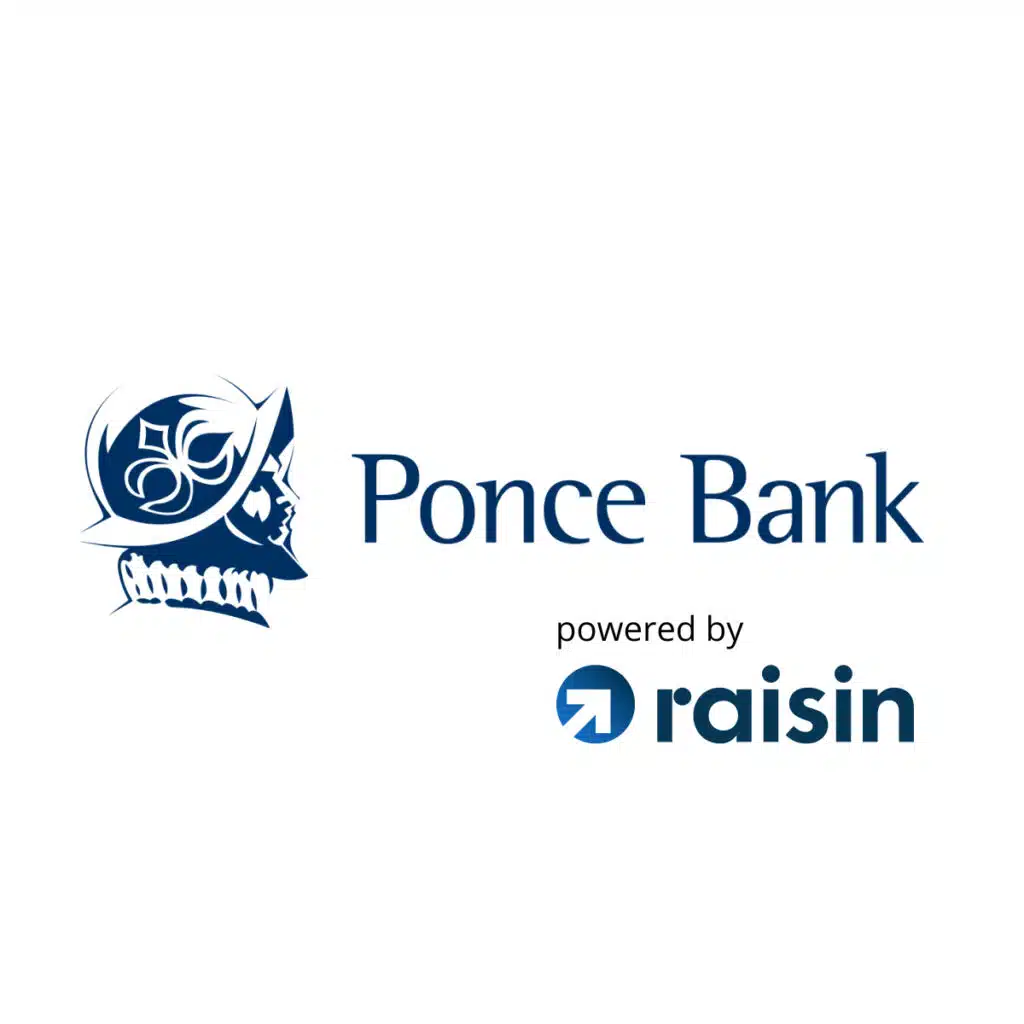Series I Savings Bond Rates Now Stand at 5.27% (Updated November 2023)
Some of the links in this article may be affiliate links, meaning at no cost to you I earn a commission if you click through and make a purchase or open an account. I only recommend products or services that I (1) believe in and (2) would recommend to my mom. Advertisers have had no control, influence, or input on this article, and they never will.
Series I Savings Bonds rates increased this month. The unadjusted CPI-U rose from 301.836 in March 2023 to 307.789 in September 2023. As a result, the Inflation Rate on I Bonds increased to 3.97% in November 2023. At the same time, the fixed rate jumped from 0.90% to 1.30%. This represents the highest fixed rate in 16 years, bringing the combined I Bond rate to 5.27%.

How I Bond Rates Are Set
Two factors determine the interest rate on an I bond: A Fixed Rate and an Inflation Rate. Combining these two rates gives us what is known as the Composite Rate.
Featured Offer: Ponce Bank 5-Month No Penalty CD

Fixed Rate
The Fixed Rate is set based on the date of purchase. As of Novebmer 1, 2023, the Fixed Rate is 1.30%, an increase of 40 basis points. The Fixed Rate was above 3% in the late 1990s and early 2000s. It’s been at or near 0% for the past decade until it started to rise again in 2022.
The Treasury announces the Fixed Rate on I bonds every six months, usually on the first business day of May and November. The Fixed Rate is an annual rate that compounds every six months.
Inflation Rate
Unlike the Fixed Rate, the Inflation Rate changes every six months over the life of an I bond. The rate is set based on changes in the non-seasonally adjusted Consumer Price Index for all Urban Consumers (CPI-U) for all items, including food and energy. As with the Fixed Rate, the Inflation Rate is set on the first business day in May and November.
Keep in mind that the date new rates apply to a specific I bond depends on the month in which you bought it. Here’s a table of when new rates will take effect:
| Issue month of your bond | New rates take effect |
|---|---|
| January | January 1 and July 1 |
| February | February 1 and August 1 |
| March | March 1 and September 1 |
| April | April 1 and October 1 |
| May | May 1 and November 1 |
| June | June 1 and December 1 |
| July | July 1 and January 1 |
| August | August 1 and February 1 |
| September | September 1 and March 1 |
| October | October 1 and April 1 |
| November | November 1 and May 1 |
| December | December 1 and June 1 |
Composite Rate
The Composite Rate is the annualized rate based on adding the Fixed Rate to the Inflation Rate. From Movember 1, 2023, to April 31, 2023, the Composite Rate is 5.27%.
History of I Bond Rates (Annualized)
| Start Date | Fixed Rate | Inflation Rate | Composite Rate |
|---|---|---|---|
| Nov. 1, 2023 | 1.30% | 3.97% | 5.27% |
| May 1, 2023 | 0.90% | 3.40% | 4.30% |
| Nov. 1, 2022 | 0.40% | 6.49% | 6.89% |
| May 1, 2022 | 0.00% | 9.62% | 9.62% |
| Nov. 1, 2021 | 0.00% | 7.12% | 7.12% |
| May 1, 2021 | 0.00% | 3.54% | 3.54% |
| Nov 1, 2020 | 0.00% | 1.68% | 1.68% |
| May 1, 2020 | 0.00% | 1.06% | 1.06% |
| Nov. 1, 2019 | 0.20% | 2.02%% | 2.22% |
| May 1, 2019 | 0.50% | 1.40% | 1.90% |
How I Bonds Work
There are several features of I bonds to keep in mind before investing.
First, you can only buy I bonds directly from the Treasury. They are not bought and sold on the secondary market. This means, among other things, that you won’t find I bonds in an ETF or mutual fund portfolio.
Second, the government imposes a limit on the amount of money that you can invest in I bonds each year. You can invest $10,000 a year per social security number through Treasury Direct. You can also purchase up to $5,000 through your federal tax refund.
Third, you must keep your investment in an I bond for at least one year. You can’t sell the bond back to the government during this time. If you sell before holding the bond for five years, you also lose three months of interest.
Fourth, if you own a business, the business entity can also invest in I bonds. This is something I just learned. My business will be buying $10,000 in I bonds this month.
Finally, you can defer paying income tax on interest until you sell the bond. In addition, you’ll owe no state income tax.
I Bonds vs CDs
Given the current and upcoming yields on I bonds, they are significantly better than even the best CD rates. That’s true even if one plans to sell the I bond after one year and incur the 3-month interest penalty. The key difference is that with I bonds, you cannot liquidate for the first year. With a CD, you can always withdraw your money, subject to an interest penalty.
I use Empower to track all of my investments. The free tool shows me my asset allocation, total costs, and retirement projections. Check out my Empower Review and User’s Guide to learn how it can help you, too.
I Bond Resources
- Treasury Direct: https://www.treasurydirect.gov/indiv/research/indepth/ibonds/res_ibonds.htm
- TIPS Watch: https://tipswatch.com/tracking-inflation-and-i-bonds/
- Deposit Accounts: https://www.depositaccounts.com/blog/inflation-treasury-series-i-savings-bonds/
Rob Berger is a former securities lawyer and founding editor of Forbes Money Advisor. He is the author of Retire Before Mom and Dad and the host of the Financial Freedom Show.